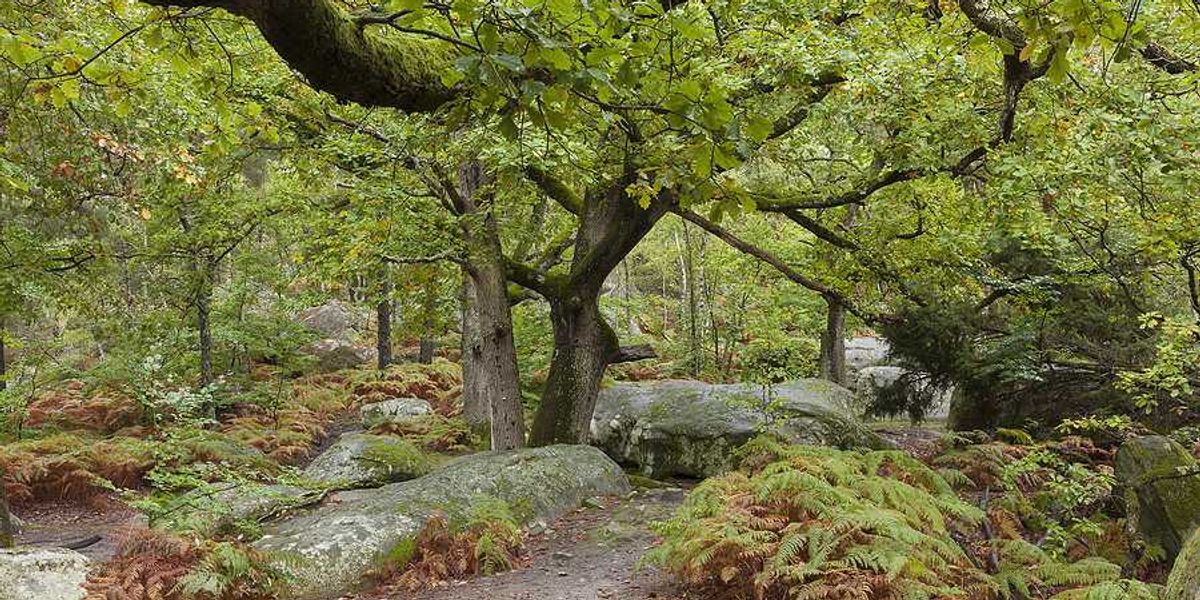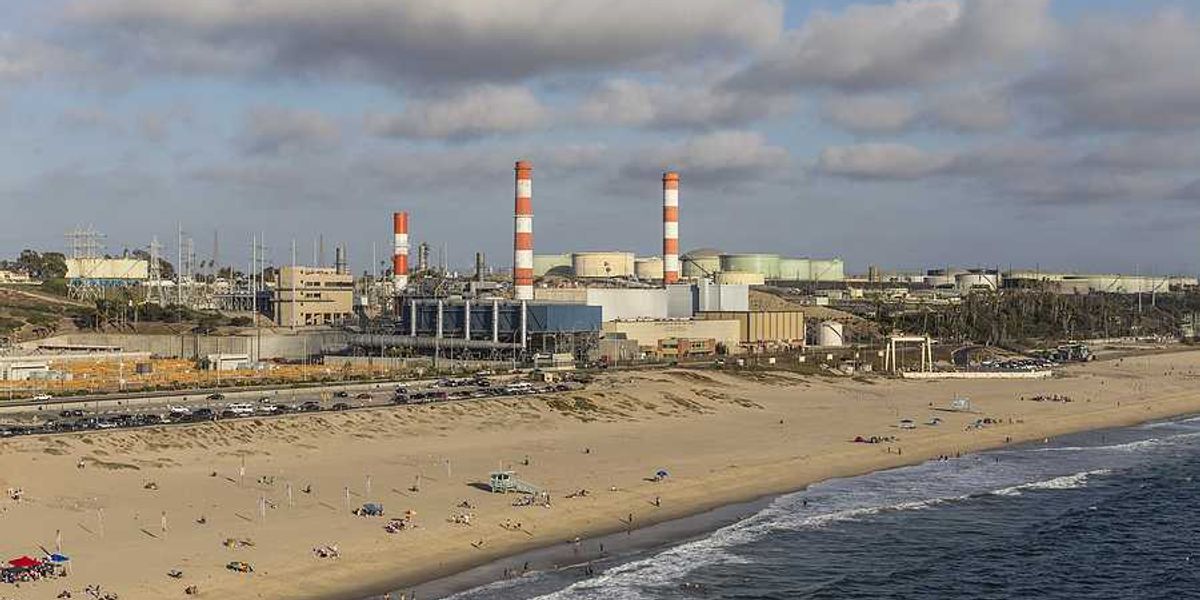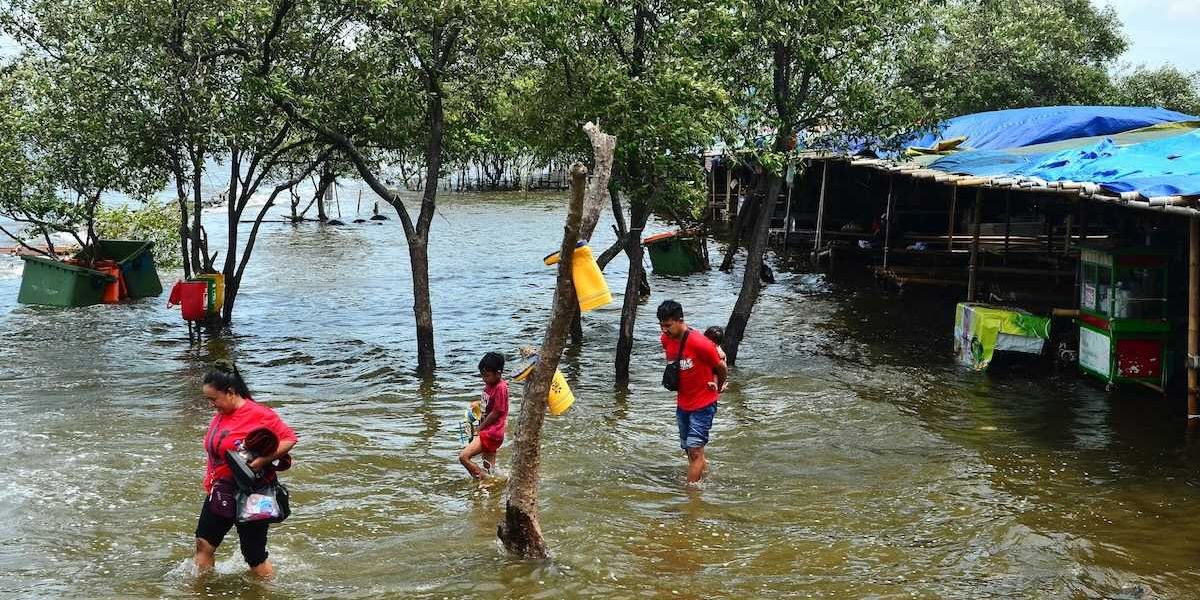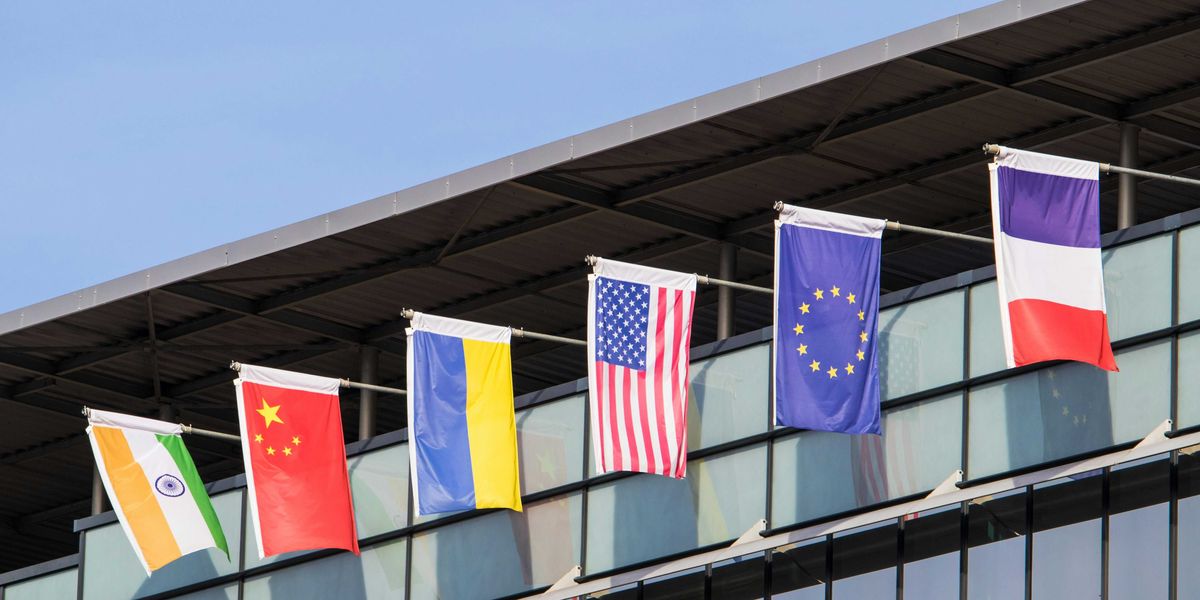Melting ice and microplastics signal deepening disruption in Antarctica’s climate system
A team of international scientists circumnavigating Antarctica has documented widespread environmental decline, including microplastics in ice and seawater, receding glaciers, and falling ocean salinity.
Soledad Domínguez reports for Mongabay.
In short:
- Researchers found microplastics in Antarctic glacial ice and seawater, signaling how far global plastic pollution has spread.
- Glacier retreat and increasing meltwater are diluting ocean salinity, disrupting phytoplankton populations and ocean circulation.
- Atmospheric “rivers” from Amazon forest fires carry black carbon to Antarctica, accelerating ice melt by reducing the reflectivity of snow and ice.
Key quote:
“Microplastics were visible when seawater was passed through a kind of strainer; they could even be seen through the camera lens.”
— Venisse Schossler, climatologist and mission coordinator
Why this matters:
Antarctica may seem remote, but its role in regulating the planet’s climate is immediate and vital. Its ice sheets help stabilize sea levels, and its cold waters serve as a massive carbon sink, absorbing heat and CO₂ from the atmosphere. As microplastics accumulate and glaciers melt faster, the Southern Ocean’s salinity and acidity are shifting, stressing marine life and weakening its capacity to buffer climate change. Disruption to phytoplankton — the foundation of ocean food webs and a major oxygen producer — has ripple effects throughout global ecosystems. Meanwhile, soot from Amazon fires, transported by high-altitude winds, darkens Antarctic snow, speeding melt. These linked systems show how human activities in one region can destabilize life-supporting processes halfway across the planet.
Related: Plastic debris could carry invasive species to Antarctica, threatening ecosystems













